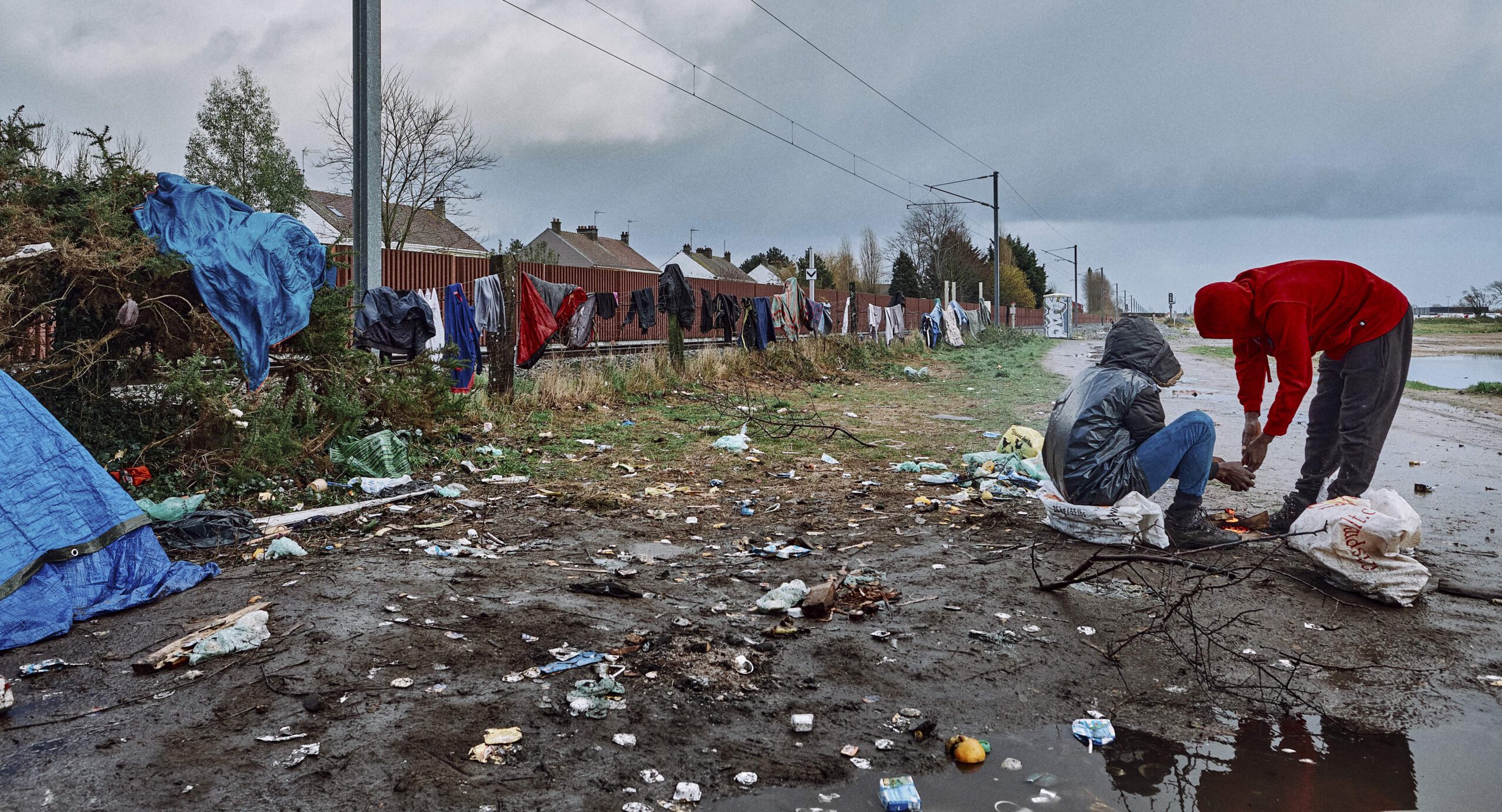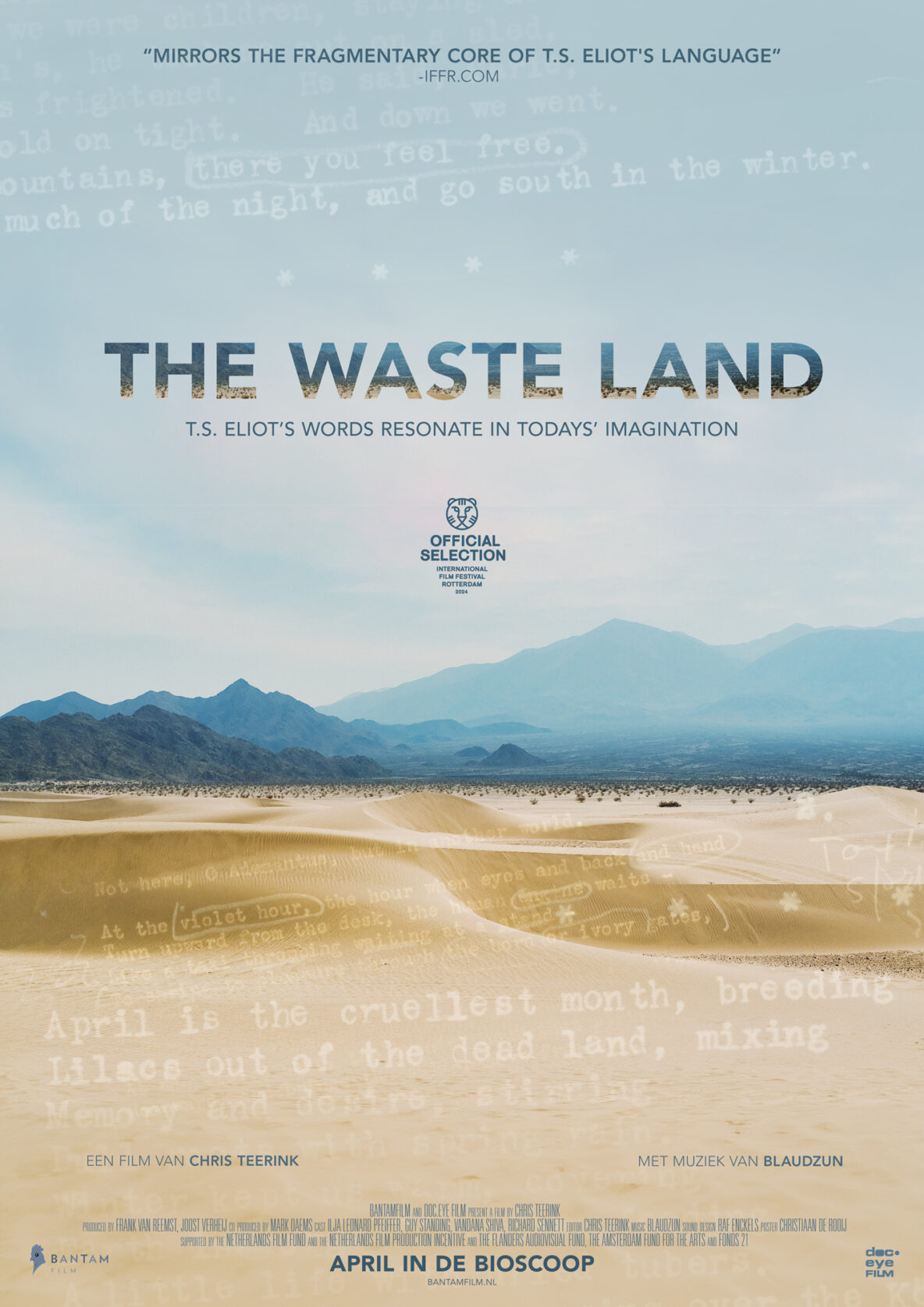The Waste Land
Chris Teerink’s film The Waste Land will be in Dutch cinema’s from April fourth.
“THE WASTE LAND” is a film that delves deeply into the complex tapestry of the famous poem by T.S. Eliot. Written in a time of crisis and uncertainty, The Waste Land resonates with the challenges of our own era, such as climate change, political instability, and the quest for ‘new’ meaning in a rapidly changing world. In the film, the layered voices of writers, scholars, and philosophers like Ilja Leonard Pfeijffer, Guy Standing, Vandana Shiva, and Richard Sennett add depth to Eliot’s poetry and create a call for reflection and action. It is an intellectual exploration of a literary masterpiece and a dialogue between poetry and contemporary reality. An emotional journey that encourages understanding the deeper meaning of Eliot’s words in the light of the challenges of our own time.





 Nederlands
Nederlands